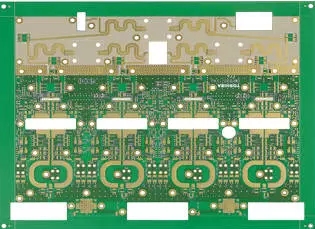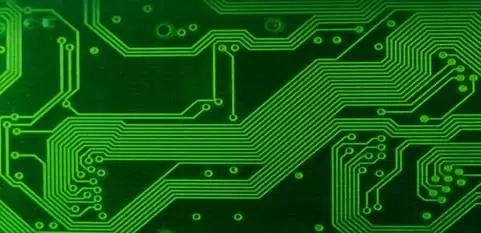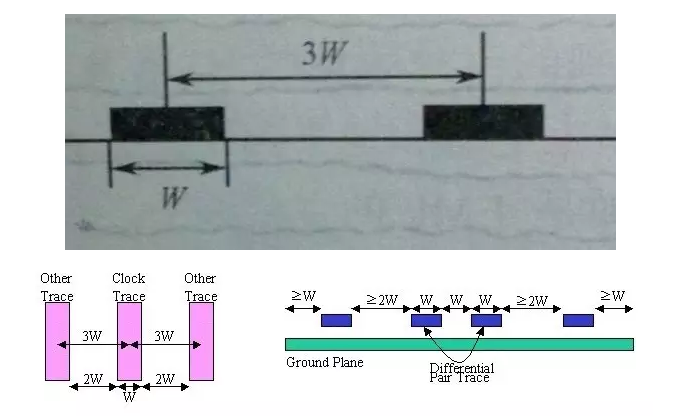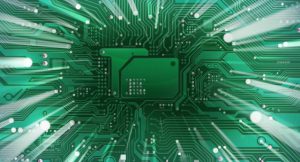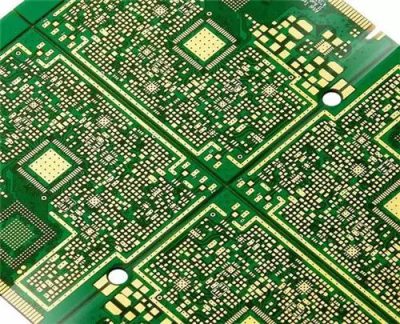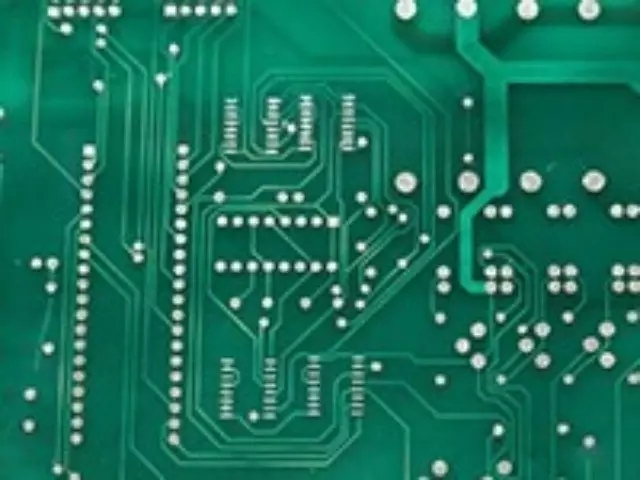
First, the process hierarchy is not clearly defined
Single-layer board is designed in TOP layer.If there is no explain, and do the design on both sides,the board made out is mounted with device,but it is bad welding.
Second, a large area of the copper foil is too close from the frame .
A large area of the copper foil keeps the distance of more than 0.2mm from the frame, because when milling the sharp,it is easy to mill onto the copper foil which makes the copper warped and makes the solder resist shedding.
Third, the painting pad with a filler block
In the design of the line ,use the filler block to paint PAD,which can go through check of the DRC , but for the process, it does not work,because this PAD can not directly generate solder pad data.When put the solder resist,this filling area is covered with the solder resist,which cause the difficulty of welding the device.
Fourth, electricity formation is not only thermal relief,but also wire.
Because electricity formation is designed to the power of mode of thermal relief,the formation and the image on the actual printed board is contraty. All connections are isolated lines, so be careful when draw several groups of power or separation line,and can not leave a gap,which make two groups power short circuit.
Fifth, the character is misplacing
Character covers pad and SMD lug which cause the inconvenience for tesing the PCB and welding the components.The size of desighed character is too small, resulting difficulties in a screen printing , but if it is too much ,the character will overlap, and it is difficult to distinguish.
Six,the PAD of surface mount device is too short
This is for a continuity test, for too intensive surface device, the spacing between its feet relatively is small,and the pad is also very fine.When install test needle,it must stagger up and down position.If the pad design is too short,it though does not affect device installation,but it will make the test pins are not open.
Seven, settings of sided pad aperture
Sided pads are generally not drilled,if it need to be drilled,it should be labeled,and its aperture should be designed to be zero. If we design the value, so when generating drilling data, this position appeared hole coordinates, and problems appear. If sided pads need to be drilled, it should be marked .
Eight, overlapping pads
In the drilling process several drilling holes in one place will result in damage of the hole bit and the holes. In multilayer board, two holes overlap, after the drawn film ,it is showed the separation disk,which resulting in scrap.
Nine, too much filler block or filler block is filled with fine line in design
Generating the loss of gerber data , or gerber data is incomplete. Because when the plot data is processing,the block is filled by drawing with lines one by one,which cause a large amount of plot data ,and increase the difficulty of data processing.
Ten, the abuse of a patterned layer
made some useless connection on some graphics layer .It is originally four-layer board,but was designed more than five layers,which cause the misunderstanding,and violate the conventional design.In design,it should maintain complete and clear of graphics layer.
